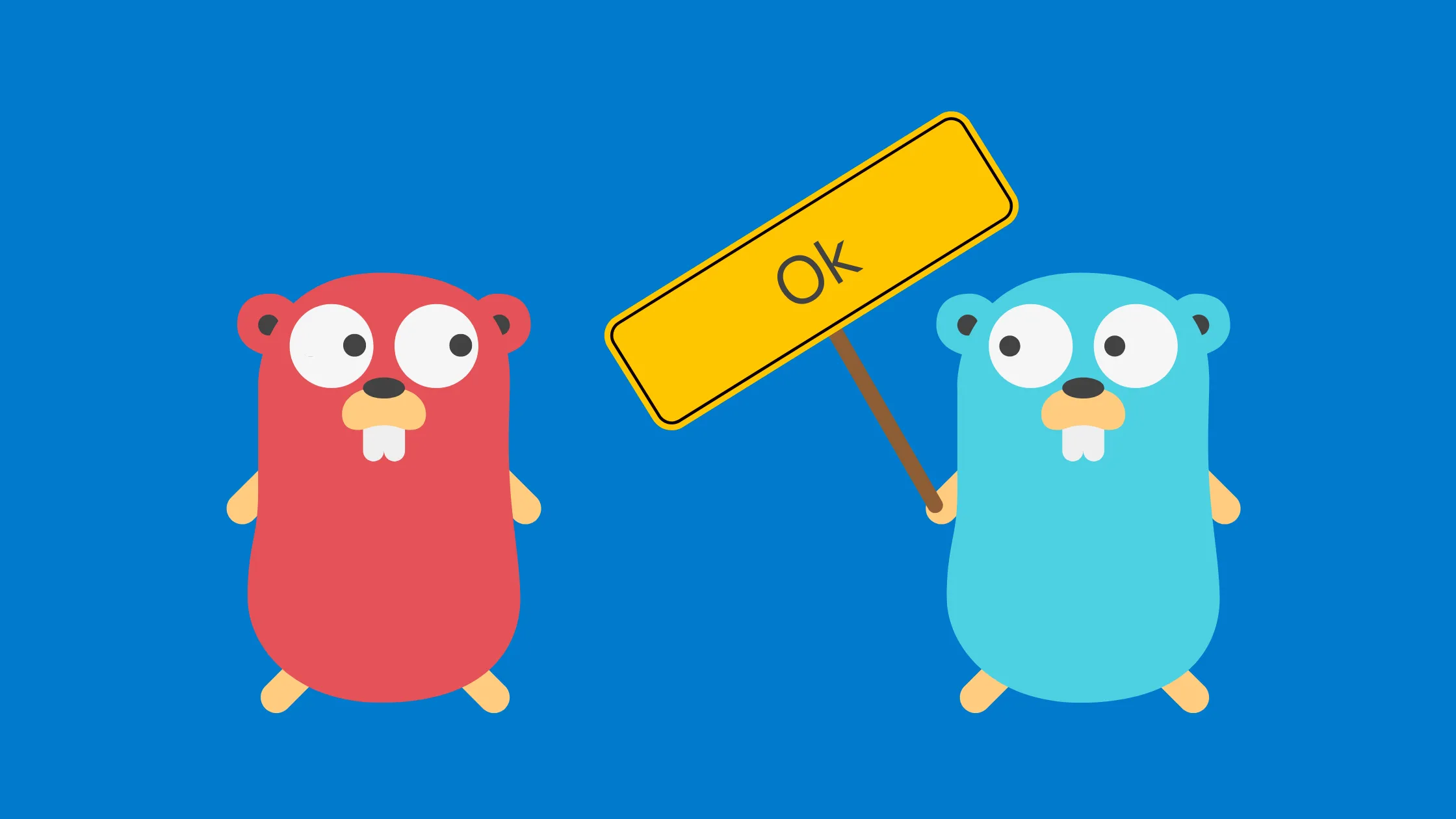Lately I’ve been enthusiastically investing time and effort into learning the Go programming language to expand my coding skills. Recognizing the rising popularity and remarkable performance of Go in various domains, I embarked on this learning journey with the goal of mastering its unique features and idioms.
Introduction
As a Golang developer, you’ve likely encountered situations where you need to perform type assertions to access values from interfaces. However, performing type assertions without proper validation can lead to runtime panics. This is where the “comma ok” idiom comes into play. In this blog post, we will explore the comma ok idiom in Golang and how it can be used to safely perform type assertions.
What is the Comma Ok Idiom?
In Golang, the comma ok idiom is a simple and powerful construct used to check if a type assertion is successful without triggering a panic. It is primarily employed when dealing with interfaces to ensure that the asserted value is of the expected type.
The syntax of the comma ok idiom is as follows:
value, ok := interfaceVariable.(TargetType)I will try to give a couple of examples in order to make this a bit clearer.
Here, interfaceVariable is the variable of type interface{}, and
TargetType is the type you are attempting to assert. If the type assertion is
successful, value will hold the asserted value, and ok will be true. If
the type assertion fails, value will be set to the zero value of TargetType,
and ok will be false.
Example 1: Type Assertion for Basic Types
func printIntValue(val interface{}) { if num, ok := val.(int); ok { fmt.Println("The value is an integer:", num) } else { fmt.Println("The value is not an integer.") }}
func main() { printIntValue(42) // Output: The value is an integer: 42 printIntValue("hello")// Output: The value is not an integer.}In the above example, the printIntValue function uses the comma ok idiom to
check if the provided interface value is an integer. If the assertion succeeds,
it prints the value; otherwise, it prints an appropriate message.
Example 2: Type Assertion for Custom Types
type Person struct { Name string Age int}
func printPersonName(val interface{}) { if person, ok := val.(Person); ok { fmt.Println("Person's name:", person.Name) } else { fmt.Println("Not a valid Person type.") }}
func main() { person := Person{Name: "John", Age: 30}
printPersonName(person) // Output: Person's name: John
printPersonName("hello")// Output: Not a valid Person type.}In this example, we use the comma ok idiom to check if the provided interface
value is of type Person. If it is, we can safely access its Name field;
otherwise, we handle the case when the assertion fails.
Example 3: Working with Slices
func getFirstElement(val interface{}) interface{} { if slice, ok := val.([]int); ok { if len(slice) > 0 { return slice[0] } } return nil}
func main() { numbers := []int{10, 20, 30} result := getFirstElement(numbers) fmt.Println("First element:", result) // Output: First element: 10
text := "hello" result = getFirstElement(text) fmt.Println("First element:", result) // Output: First element: <nil>}In this example, we use the comma ok idiom to check if the provided interface value is a slice of integers. If it is, we retrieve the first element safely, avoiding index out-of-bounds errors.
Conclusion
The comma ok idiom is an essential tool in the Golang developer’s toolbox for safely performing type assertions on interface values. By using this idiom, you can prevent runtime panics and gracefully handle cases where the type assertion fails. Mastering the comma ok idiom will undoubtedly enhance the robustness and reliability of your Golang applications. Happy coding!
